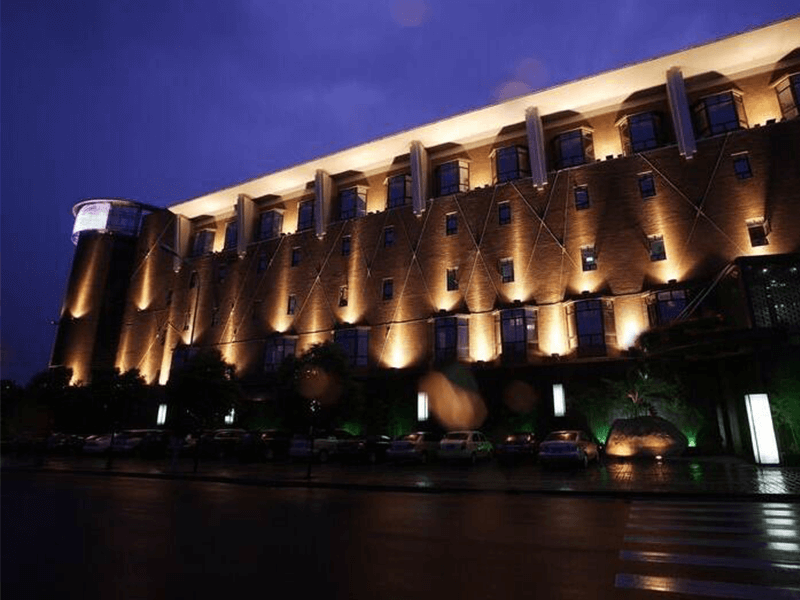Light distribution patterns are pivotal in determining how effectively illumination is spread throughout an area. Understanding these patterns is crucial when selecting lighting fixtures for various applications.
I. Understanding Light Distribution Patterns
Light distribution patterns refer to how light is emitted from a lighting fixture and distributed within a space. Different fixtures are designed to produce distinct distribution patterns, each suited for particular lighting needs and environments.
II. Types of Light Distribution Patterns
Several common light distribution patterns include:
1. Direct Distribution: This pattern emits Light directly downward, creating a focused and uniform illumination beneath the fixture. It is often used for task lighting in areas where precision and minimal light spill are essential.
2. Indirect Distribution: Indirect distribution directs light toward the ceiling, reflecting the light into the space. This pattern is favored for providing ambient, soft, and glare-free illumination in settings where a cozy or relaxed atmosphere is desired.
3. Symmetric Distribution:
- Symmetric General: This pattern emits light evenly in all directions, creating uniform illumination. It’s suitable for open areas where even light coverage is necessary.
- Symmetric Narrow: This pattern concentrates light in a specific direction, making it suitable for pathways, corridors, or high-ceiling spaces.
4. Asymmetric Distribution: Asymmetric patterns direct light in a specific, non-uniform manner. These patterns illuminate walls, displays, or work surfaces while minimizing glare.
5. Circular Distribution: Circular patterns create a circular pool of light, ideal for spotlighting or accentuating specific objects or areas within a space.
III. Significance of Light Distribution Patterns
The choice of light distribution pattern is significant for several reasons:
- Visibility: The correct pattern ensures adequate visibility for tasks and activities within a space. For example, task-oriented areas benefit from direct or narrow distribution patterns.
- Energy Efficiency: Selecting the appropriate pattern minimizes light wastage and maximizes energy efficiency. Overly broad patterns can result in unnecessary light spills, while narrow designs may lead to inadequate coverage.
- Visual Comfort: Proper distribution patterns reduce glare and discomfort caused by excessive or misdirected light, contributing to a more comfortable and productive environment.
- Aesthetics: The pattern chosen can influence the ambiance and aesthetics of a space. Indirect and soft distribution patterns create a warm and inviting atmosphere, while direct designs offer a clean, modern look.
IV. Considerations When Selecting Light Distribution Patterns
When choosing light distribution patterns, consider the following factors:
- Space Function: Assess the primary function of the space. Different patterns suit various applications, such as offices, retail, manufacturing, or outdoor areas.
- Ceiling Height: Ceiling height affects how light spreads. High ceilings may require fixtures with broader distribution patterns, while lower ceilings benefit from narrower designs.
- Task Specifics: Determine the specific tasks or activities within the space. Task-oriented areas necessitate focused and directed light, while general lighting requires more even distribution.
- Aesthetic Goals: Consider the desired ambiance and aesthetics. Indirect patterns create a soft and welcoming atmosphere, while direct designs offer a modern and functional look.
- Energy Efficiency: Opt for patterns that minimize light wastage and align with energy-saving goals.
